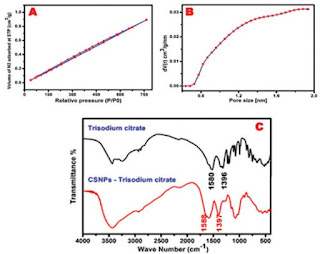Comparison of 70% Alcohol Disinfection and Sodium Hypochlorite Acid Disinfection on Kitchen Knife Blades, Handles and Cutting Boards: OAJBS Publishers
Comparison
of 70% Alcohol Disinfection and Sodium Hypochlorite Acid Disinfection on
Kitchen Knife Blades, Handles and Cutting Boards by Naomi Katayama* in Open Access Journal of Biomedical Science
(OAJBS)
Purpose: In hygiene management in the kitchen, it is important to disinfect kitchen knives and cutting boards, which are often touched by human hands and food. It has become with COVID-19, and there is a demand for even more hygienic kitchen utensils. However, had to lack of supplies, there were times when it was difficult of obtain 70% alcohol, so the kitchen was temporarily disinfected with sodium hypochlorite. This time, we compared the results of ATP wiping inspections on the blade and handle (stainless steel) of kitchen knives and cutting board (plastic) that were disinfected with sodium hypochlorite obtained by electrolysis of salt water or 70% alcohol disinfection. We will report that obtained the target basics-hygiene data.
Materials and Methods: Using 6 kitchen knives, just after cooking and after cleaning the blade and handle of kitchen knife and after alcohol disinfection and sodium hypochlorite disinfection, use kikkoman’s simple ATP wiping test kit to obtain the ATP value. As same as, of 12 cutting boards, just after cooking and after washing the cutting boards and after alcohol disinfection and sodium hypochlorite disinfection, use kikkoman’s simple ATP wiping test kit to obtain the ATP value.
Results: As a result, in all tests, the ATP value was lower after washing than before washing in a series of investigations. In addition, there was no statistically significant difference between after washing and after disinfection in a series of investigations. However, the ATP value after disinfection was 100 or less, which met the standard value for hygienic handling. In addition, there was no statistically significant difference in the comparison of ATP values between the blade and handle of the kitchen knife after disinfection with 70% alcohol and after disinfection with sodium hypochlorite. On the cutting board, there is a statistically significant difference in ATP value after 70% alcohol disinfection and sodium hypochlorite disinfection, indication that the ATP value after alcohol disinfection is lower than that after sodium hypochlorite disinfection.
Discussion: Both after 70% alcohol disinfection and
after sodium hypochlorite disinfection, the ATP value was 100or less, which met
the standard value for hygienic handling. However, we think that 70% alcohol
disinfection is good according to HACCP as much as possible. Since there is a
possibility of shortage of supplies in the event of an emergency in the future,
considering the reduction of running costs and considering the effectiveness of
sodium hypochlorite disinfection, it is recommended to use it in combination
with 70% alcohol disinfection.
https://biomedscis.com/fulltext/comparison-of-70-alcohol-disinfection-and-sodium-hypochlorite-acid-disinfection-on-kitchen-knife-blades-handles-and-cutting-boards.ID.000349.php
To Know More About Open Access Journal of Biomedical Science Please Visit: Biomedscis
Are Click on: https://Biomedscis.Com/



Comments
Post a Comment